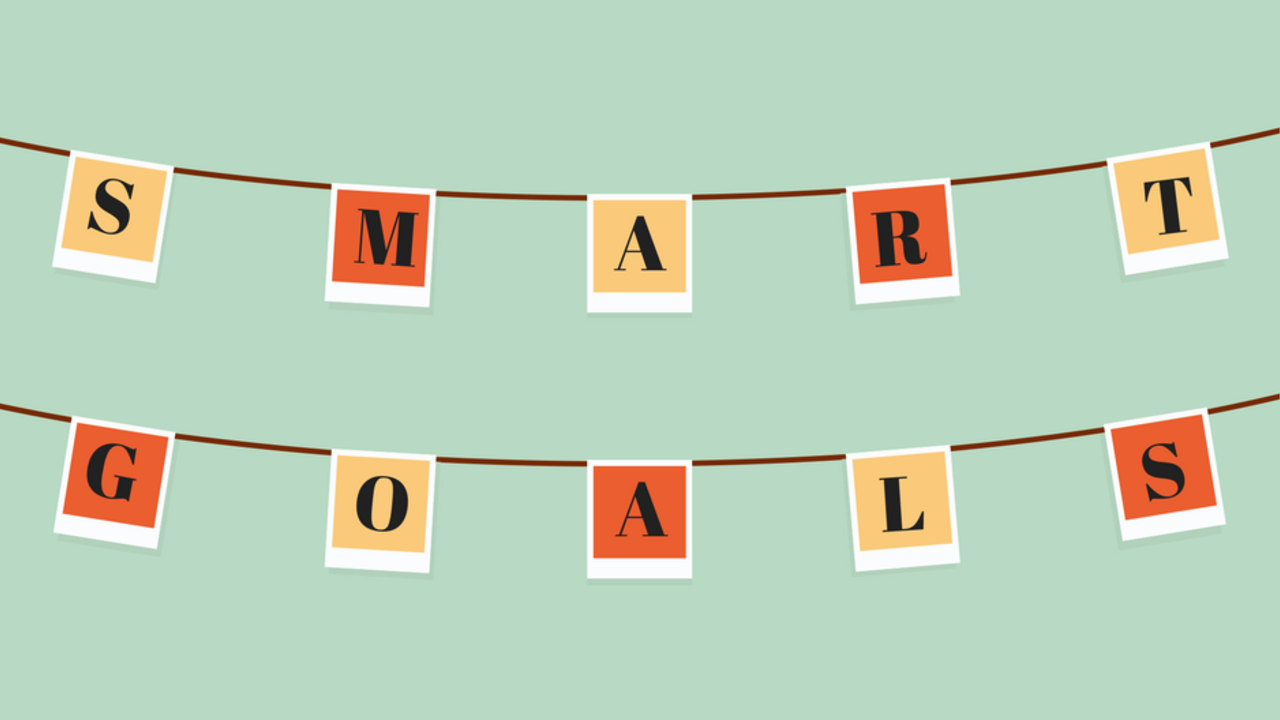
Half the fun of going on any journey is in the planning - choosing the route, booking the hotels or finding the campsites, even working out what you need to take and packing (although some of you may disagree with this one). Of course, you'd never set out on a journey without doing this first, right? Where might you end up? Where would you stay?
Your riding journey and your journey to becoming the most confident, kind and happy rider you can be, is no different. You need to set goals and have a plan of how you're going to achieve them.
Let's use the example of improving your sitting trot. Often, when the horse is tense, the trot is difficult to sit. This is especially true if you are also tense as a rider because when you tense your upper legs, it throws you out of the saddle so it's important that you can relax. However, it's no good if only the rider is relaxed, the horse has to be too. Once the horse is relaxed, it can give to the bit and travel in a soft frame, using its topline muscles which in turn lifts its back and makes for a more comfortable ride.
So, now we have a goal - to improve the sitting trot.
We also have 2 steps to achieve that goal:
- Get the horse to relax and give to the bit
- Relax as riders so that we aren't tensing up and throwing ourselves out of the saddle
To achieve step #1 you simply teach give to the bit, starting on the ground and then moving to the saddle. For step #2, I'd break that down further for yourself and your horse by not trotting for too long each time you ask for trot.
This way you can also practice your transitions. Ride a 20m circle (you might as well practice that too, haha) and decide to trot for 1/4 of the circle, sitting, and then ask for walk again. Repeat this, and increase the amount of trot you do. This exercise is great for improving your transitions and also for getting the sitting trot because you don't really have time to get tense.
One little thing to remember when you are doing this - try not to get EVERYTHING at once. So concentrate on your transitions and be happy with a slow trot and an accurate transition rather than asking your horse to do a 'working trot'.
Next time I'll discuss why it's important to work on correctness before the quality of gait and how, when you don't, it makes things so much harder for you and your horse.
If you'd like to have this series delivered directly to your inbox, click here.

